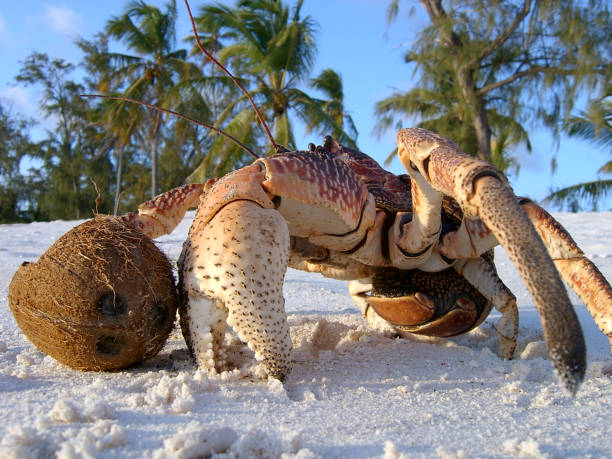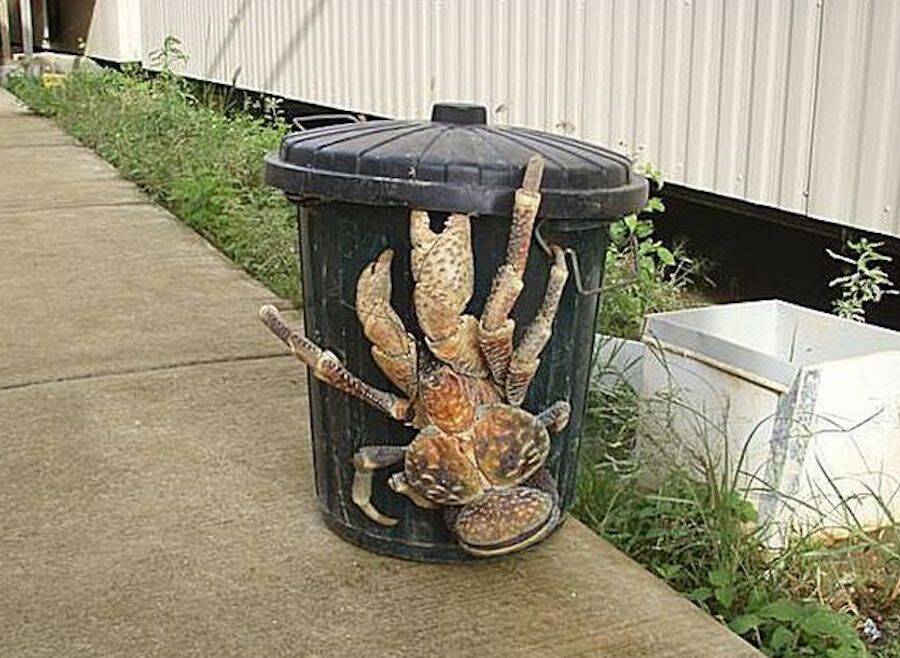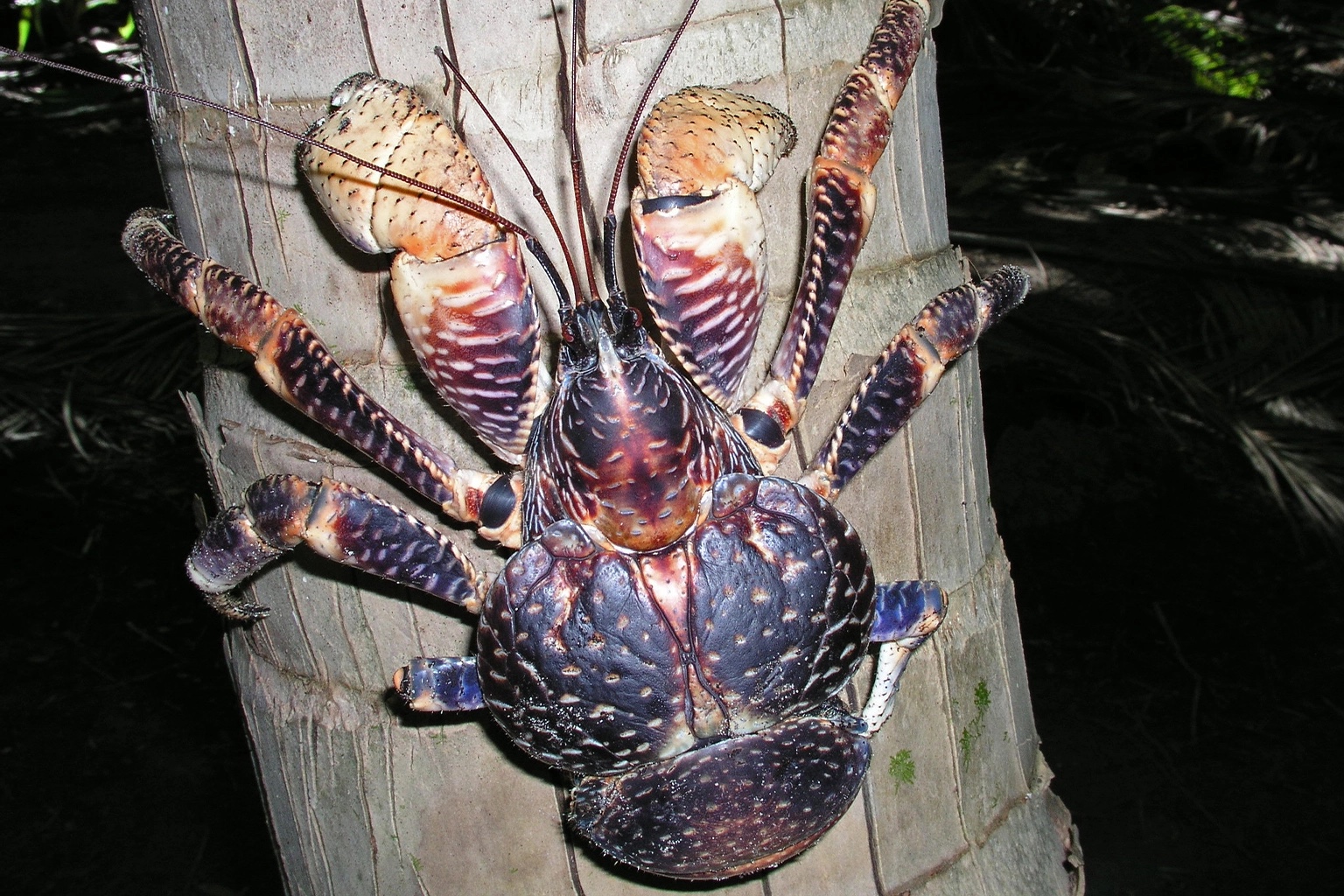Australias giant coconut crabs terrifying predators of the tropics
When one thinks of Australia, kangaroos, koalas, and the Great Barrier Reef often come to mind. However, there is another remarkable creature lurking in the tropical regions of Australia that might not be as well-known but is equally fascinating – the giant coconut crab. These remarkable crustaceans are a prime example of nature’s ingenuity and adaptation, and they have earned a reputation as formidable predators of the tropics.
The giant coconut crab, scientifically known as Birgus latro, is the largest terrestrial arthropod in the world. Despite its name, these crabs are not exclusive to Australia; they inhabit various islands across the Indian and Pacific Oceans. However, in Australia, they are primarily found in the Christmas Island Territory, located in the Indian Ocean.
These crabs are colossal in size, with some individuals boasting a leg span of up to 3 feet (90 cm). Their bodies can reach lengths of 16 inches (40 cm) and weigh as much as 9 pounds (4 kg). The giant coconut crab is easily recognizable by its robust exoskeleton, which is typically colored in shades of blue, purple, or black. Their large, powerful claws, or pincers, are their most distinctive feature and serve various purposes.
Giant coconut crabs are primarily terrestrial creatures and inhabit coastal regions and the dense tropical rainforests of the islands they call home. They are excellent climbers and can scale trees with ease. Despite their impressive size, these crabs are remarkably agile.
One of their most famous behaviors is their affinity for coconuts. They use their powerful claws to crack open the hard shell of a coconut, allowing them to access the nutritious flesh inside. This adaptation is crucial for their survival, as coconuts are a primary food source for these crabs.
In addition to coconuts, giant coconut crabs are opportunistic scavengers and predators. They will feed on a wide range of organic material, including carrion, fruits, nuts, and even smaller animals like birds or other crabs. Their scavenging habits have earned them the nickname “robber crab.”
Mating among giant coconut crabs is a mysterious and seldom witnessed event. Female crabs release pheromones to attract males during the breeding season. Once a pair has mated, the female will lay her eggs in a burrow and guard them until they hatch. After hatching, the young crabs undergo several stages of development, eventually making their way to the sea.
The giant coconut crab is not currently considered a threatened species. However, habitat loss and predation by introduced species like rats and feral cats have the potential to impact their populations. Conservation efforts, including the protection of their habitats and controlling invasive predators, are essential to ensure their long-term survival.
Australia’s giant coconut crabs are remarkable creatures that have adapted to their tropical habitats in impressive ways. Their size, strength, and scavenging habits make them top predators in their ecosystems. While not as well-known as some of Australia’s other iconic wildlife, these crabs are a testament to the diversity and wonder of the natural world, and they deserve recognition and protection to ensure their continued existence in the wild.
Hits: 21










